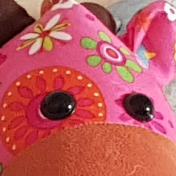Vertical Sleeve Gastrectomy Information by Dr. Gregg Jossart
-
Trending Products
-
Trending Topics
-

- 184 replies
- 19,949 views
-

- 31 replies
- 2,751 views
-

- 23 replies
- 768 views
-

- 24 replies
- 3,877 views
-

- 818 replies
- 54,037 views
-
-
Recent Status Updates
-
The 14th was my day. I am home and recovery is going pretty smooth. They even let me walk out of the hospital. Picture of me in recovery curtesy of my boyfriend lol.· 1 reply
-
-



















